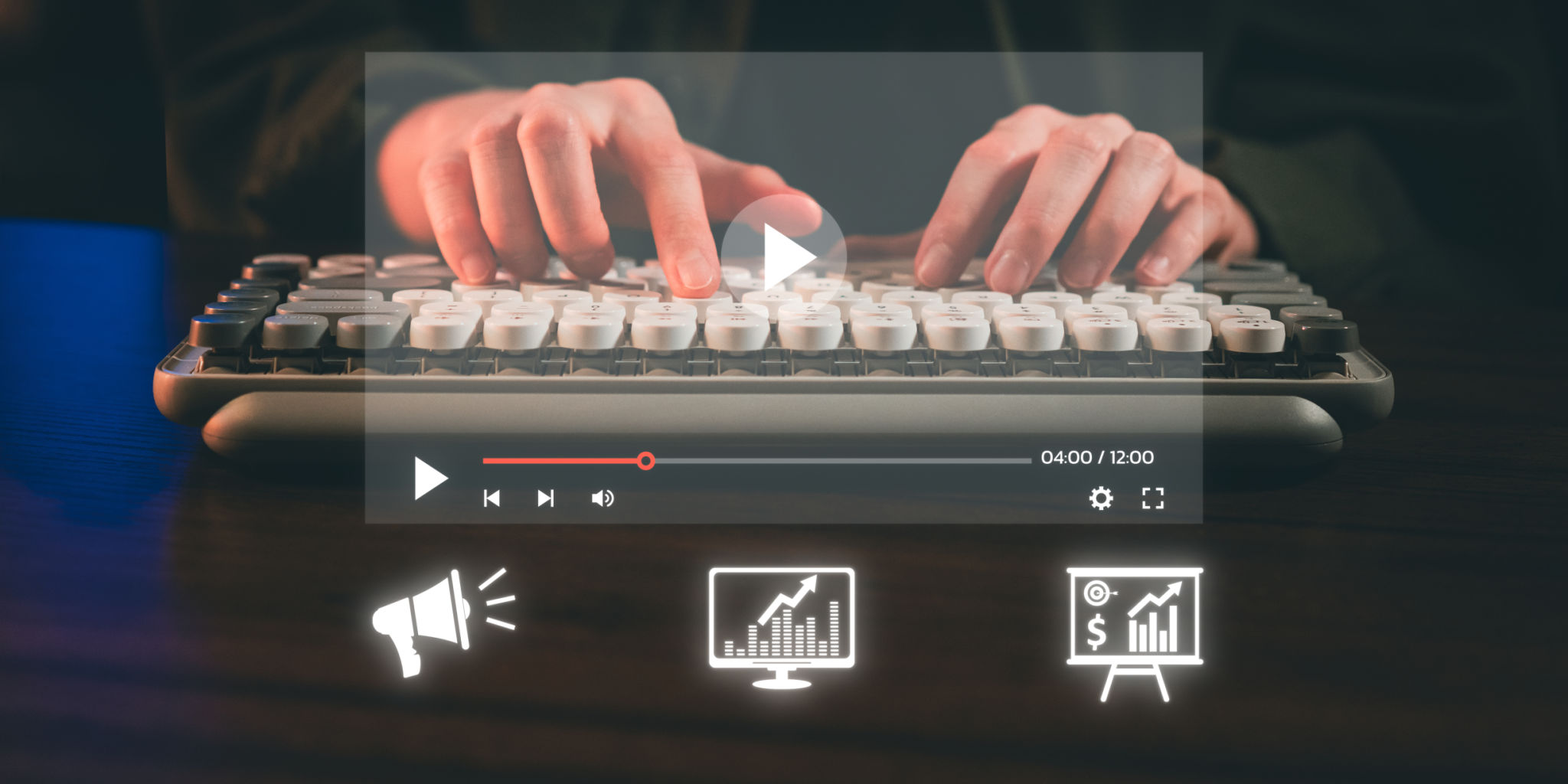The Complete Guide to Video Editing with AI: Tips and Techniques
Introduction to AI Video Editing
In recent years, the rise of artificial intelligence (AI) has revolutionized various industries, and video editing is no exception. AI video editing tools have made the process more efficient, accessible, and creative. Whether you're a professional editor or a hobbyist, understanding how to leverage AI can dramatically enhance your video projects.

Understanding AI-Powered Tools
AI video editing tools utilize machine learning algorithms to automate tedious tasks. These tools can help with tasks such as scene detection, color correction, and even content creation. By analyzing patterns and recognizing elements within video footage, AI can assist in creating a more streamlined editing process.
Some popular AI-powered video editing tools include Adobe Premiere Pro's Sensei, Magisto, and Lumen5. Each of these tools offers unique features that cater to different aspects of video editing. Familiarizing yourself with these tools is a great first step in incorporating AI into your workflow.
Key Benefits of Using AI in Video Editing
One of the primary advantages of using AI in video editing is time efficiency. By automating repetitive tasks, editors can focus on more creative aspects of their projects. AI also enhances the quality of edits by providing precision and consistency that might be difficult to achieve manually.

Another benefit is cost-effectiveness. With AI handling basic editing tasks, smaller teams or individual creators can produce high-quality content without the need for extensive resources. This democratization of video production allows for more diverse voices and stories to be shared.
Tips for Editing Videos with AI
To get the most out of AI video editing tools, it's essential to integrate them thoughtfully into your workflow. Here are some tips to help you get started:
- Start simple: Use AI for basic tasks like trimming and transitions before moving on to more complex edits.
- Experiment with different tools: Try various AI tools to find the ones that best fit your style and project requirements.
- Stay updated: AI technology evolves rapidly, so keeping up with the latest features and updates will ensure you're using the best tools available.
Techniques to Enhance Your Edits
While AI can handle many technical aspects of video editing, creativity remains in your hands. Here are some techniques to enhance your edits:
- Storyboarding: Plan your narrative flow to make the most out of AI's automated capabilities.
- Color grading: Use AI for initial color correction, then fine-tune manually for desired aesthetics.
- Sound design: Pair AI-driven visual edits with carefully curated soundtracks or effects for a cohesive experience.

Potential Challenges and Considerations
Despite its many advantages, using AI in video editing does come with certain challenges. One potential issue is the loss of creative control. While AI can provide suggestions, it's essential to ensure that the final product aligns with your vision.
Additionally, AI tools often require substantial processing power, which might not be feasible for all users. Investing in a robust computer setup or cloud-based solutions can help alleviate this issue.
Conclusion: Embrace the Future of Video Editing
The integration of AI into video editing represents a significant shift in how content is created and consumed. By embracing these technologies, editors can enhance their workflows and push the boundaries of creativity. As you explore AI's potential in your projects, remember that it's a tool designed to complement your skills and vision, not replace them.
